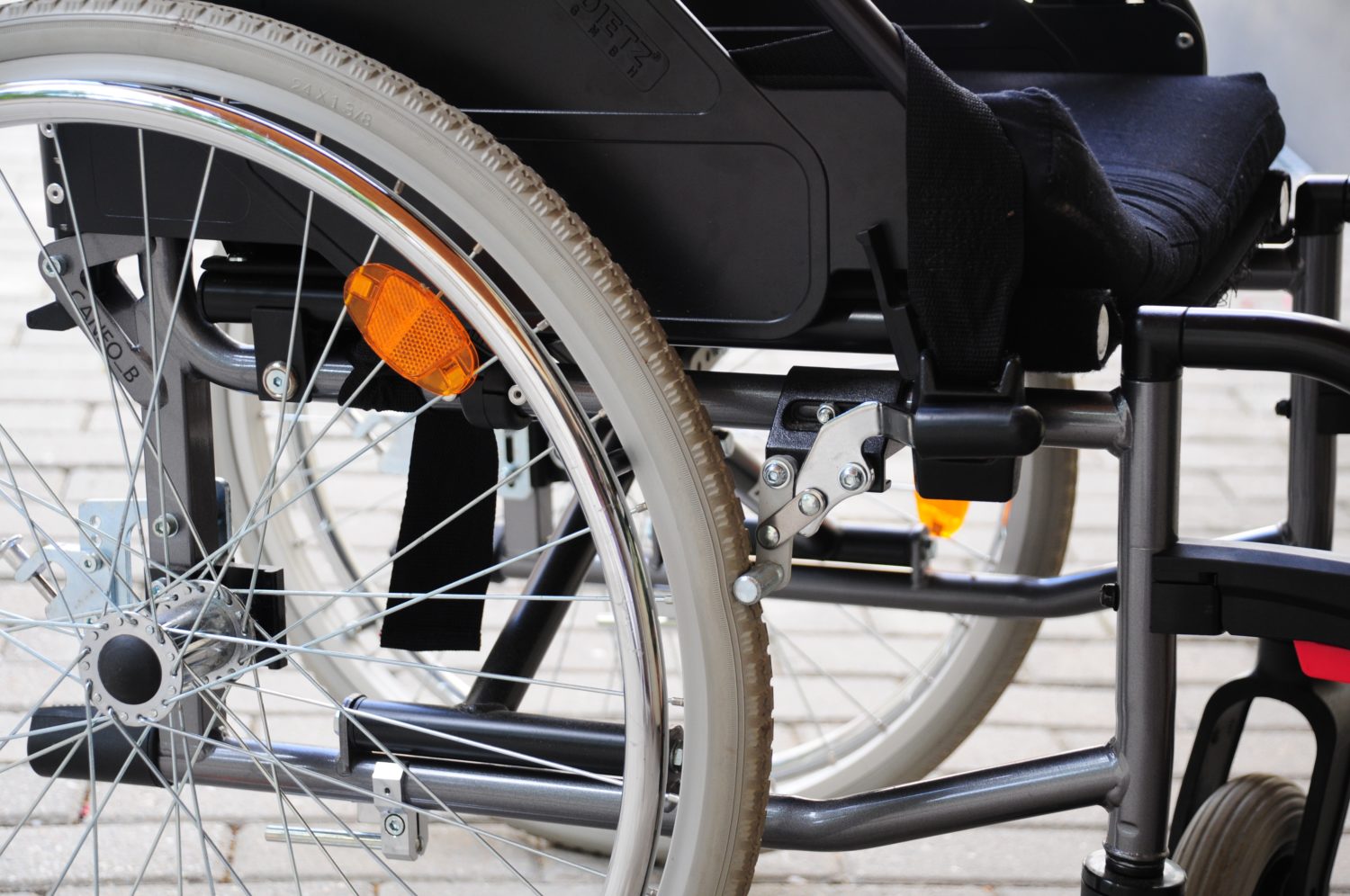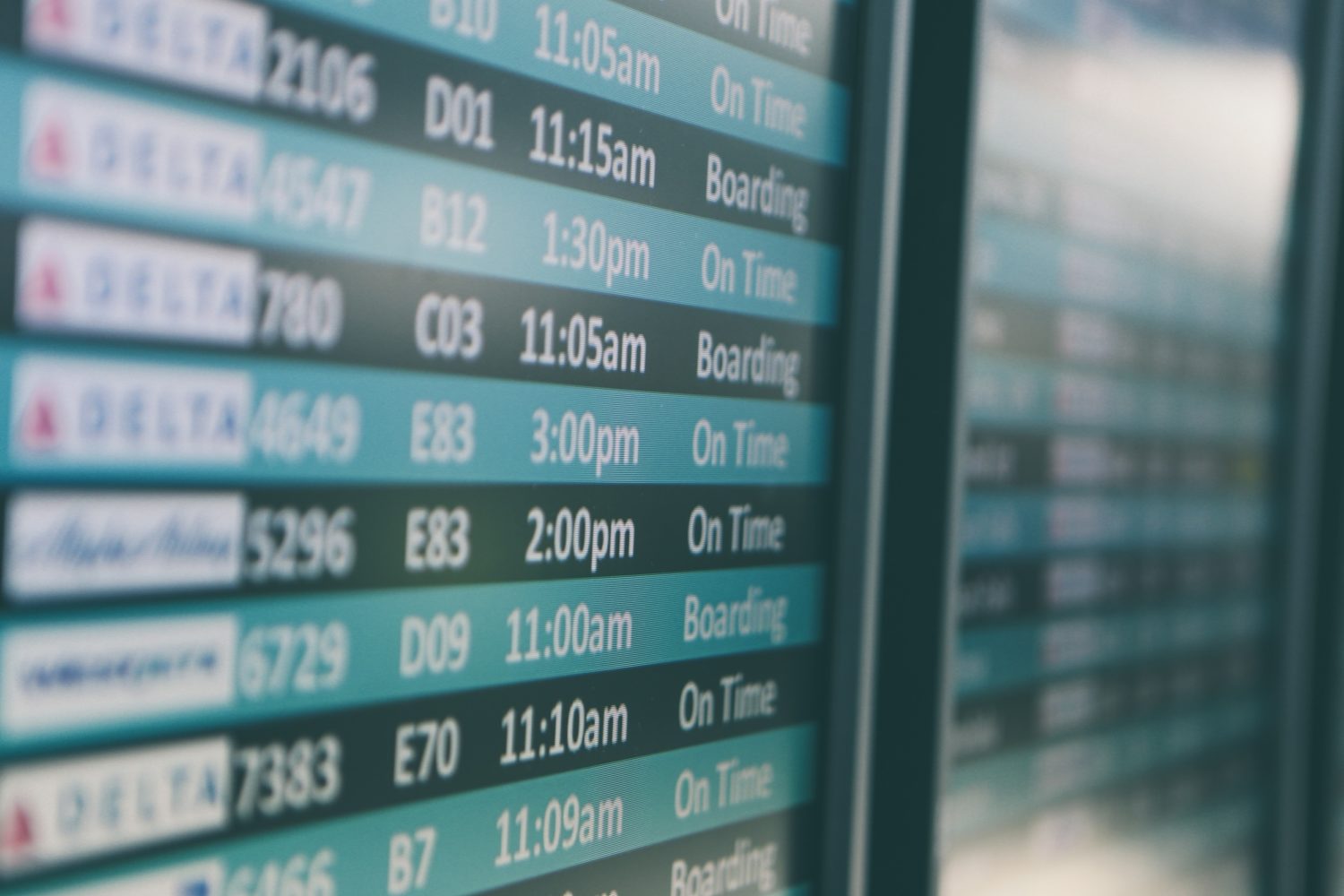By Priscilla Liguori
While worrying about accessibility can be daunting, there are many ways to make traveling possible and enjoyable for people with disabilities. Craig Kennedy co-founded an online travel resource for people with disabilities called Access Anything after he realized a lot of inaccurate information circulates within the disability community.
“Giving people freedom and independence to do what they need and want to do is key,” said Kennedy, who lives in Colorado and travels the world while using a wheelchair.
People with disabilities and their caregivers can take these steps to plan a smooth trip:
Ask the Right Questions in Advance
Break down every aspect of your day, considering all of the small details of your routine, and think about what changes if you do these tasks in a new setting.
Once you have this information, call airlines, hotels and travel companies and pose very specific questions about your needs. Simply asking if something is “wheelchair-accessible” is too vague. “Everyone has their own definition of what handicap-accessible means,” Kennedy said. “That’s not anybody’s fault. It’s widely misunderstood.”
Examples of questions include:
- Buildings and elevators
- Once I am past the entryway of the building, is the rest of the structure accessible?
- How wide are the hallways?
- Do doors swing in or out? Are there automatic doors that can be opened with a disability access button?
- Will the elevator fit my mobility equipment? Is there a plan in case the elevator isn’t working?
- Hotels and houses
- How wide is the doorway? Can you take the door off of the hinges to make the room accessible?
- Will furnishings limit my mobility?
- How big is the bathroom? Are there bars in the bathroom or a chair in the shower? Which way do the bathroom and shower doors open? Can I shut these doors while using the facilities with my equipment?
- Transportation
- Are the sidewalks and roads smooth enough for my mobility equipment?
- How is the mobility equipment available for rent different from what I normally use?
- Will the cab or car I am reserving be able to fit my equipment?
- Will the train or subway stops have elevator access? How do I let the driver know I need extra time entering or exiting the cart?
- How will I get on and off the cruise ship? What is accessible once I am off the boat?
- How wide and steep are the access ramps? Will I need assistance going up the ramps?
“Sometimes it takes 10 or 15 phone calls to find a place that will work for you and that will work with you,” said Kennedy. “If that place isn’t willing to take a tape measure out and do measurements for me, I move onto the next place and I ask them.”

Photo by maria-anne/Pixabay
Know Your Rights
The Americans with Disabilities Act (ADA) is meant to prohibit discrimination against people with disabilities and ensure equal access. If you are going to other countries, research their disability laws. Canada and England have similar accommodation requirements as America.
Kennedy sat on the Disability Advisory Travel Board for multiple airlines. He trained airline workers on how to treat customers with disabilities and how to handle their equipment. “The Air Carrier Access Act is like the ADA for the skies. I can take my manual folding wheelchair and all of my equipment on the plane,” explained Kennedy.
Chairs may be broken when stored in the belly of the plane. If there is not room for the chair in the main cabin, Kennedy recommends taking off all other parts of the chair (including the seat, cushion, wheels, etc.) and putting just the frame in the plane belly. This way, there is less of a chance of the chair being broken.
The Air Carrier Access Act requires U.S. airlines to accommodate the needs of people with disabilities. It allows people who self-identify as having a disability to pre-board the plane and store medical equipment before other passengers come on. Passengers can let the airline agent know they need these accommodations once they arrive at their gate.
Tap Airport Resources
Seena Foster, manager of the Disability Branch at the Transportation Security Administration, recommends the following steps for a better airport experience:
- Call TSA Cares 72 hours before departure. “Give specific information about what you’ll be traveling with and what you’re concerned about, and they’ll be able to answer questions about what to expect,” said Foster.
- Request a passenger support specialist from TSA Cares. These officers can meet you at the airport, lead you through security screening and assist with whatever else you need. If one is not available, request a supervisory TSA officer stationed at every checkpoint.
- Sign up for a TSA Disability Notification Card. “You can show the card to the officer to let the officer know up front any requests or needs that you have. You don’t need to talk about it out loud,” explained Foster.
- Consider the TSA Pre-Check program, which costs $85 for a five-year membership. While going through a security checkpoint, members have access to shorter lines, can wear their belt, shoes and lightweight jacket, and can keep liquids and computers in their bags.
In case of a transportation delay, keep your insurance cards, extra medicine, equipment and anything else you may need in your carry-on luggage. Bring prescriptions in case you lose your medication, as well as a list of your doctors’ phone numbers.

Photo by Unsplash/Pixabay
Show Compassion
Kennedy recommends approaching all of your interactions with service employees with kindness and appreciation. When things do not go your way, try to help people learn from their experiences so they could help someone with a similar disability in the future.
“Remember that those people might not have the experience of working with people with your type of disability. It’s not necessarily their fault that they messed something up. They just don’t have the experience,” said Kennedy.
Be Your Own Ambassador
Share both your negative and positive travel experiences with the disability community and service professionals. “If you’ve got through screening and you felt that something was not right about the screening, you can call TSA Cares,” said Foster. She said the TSA Disability Branch reviews that information to see what can be improved.
The last census showed that almost 60 million people in America, nearly one in five, have a disability. “There are a lot of people who do not travel and are afraid to travel,” said Kennedy. Terrible travel experiences tend to stick with people, but not giving up is vital in making our world more accessible.
“We need your help,” Kennedy said. “The more people with disabilities that travel, the more the services will become accessible, the more experience players in the game will gain in learning how to take care of people with disabilities.”

Photo of Three Forks, Montana, by Priscilla Liguori
ABOUT THE AUTHOR
Priscilla Liguori is graduating Emerson College as a broadcast journalism major and business minor in December 2016. She’s pursuing a career as an on-air reporter and is a multimedia journalist at WEBN-TV Boston. Past internships include NBC Nightly News with Lester Holt, The TODAY Show and American Program Bureau. Priscilla was the executive producer and a reporter for WEBN’s 2015 Emmys Special, the co-host of WEBN’s 2016 Oscars Special and the managing editor at WEBN. Follow Priscilla on Twitter @PriscillaLNews.





